
Kudos has partnered with CardRatings and Red Ventures for our coverage of credit card products. Kudos, CardRatings, and Red Ventures may receive a commission from card issuers. Kudos may receive commission from card issuers. Some of the card offers that appear on Kudos are from advertisers and may impact how and where card products appear on the site. Kudos tries to include as many card companies and offers as we are aware of, including offers from issuers that don't pay us, but we may not cover all card companies or all available card offers. You don't have to use our links, but we're grateful when you do!
Secured vs. Unsecured Credit Card
July 1, 2025


When you start shopping around for credit cards, you’re going to run into two different types of cards: secured credit cards and unsecured credit cards.
Although both card types are going to enable you to build your credit profile and give you critical access to spending when you need it, they’re fundamentally different. Everything from eligibility criteria, credit limits, rewards, and the application process vary greatly between the two types.
But if you’re confused about what type of card is right for you, we’ve got you covered.
This guide explains what a secured credit card is, what an unsecured card is, the differences between them, and how both a secured card and an unsecured card can improve your credit score.
What Is a Secured Credit Card?
Before we get into the differences between secured credit cards and unsecured credit cards, it’s worth taking a quick step back to talk about how these credit cards work.

First, let’s take a look at secured credit cards.
A secured credit card is a type of card backed by a deposit. When you make that deposit, it works as collateral on your credit card account. This gives your card issuer security if you cannot make your credit card payments.
Your deposit is also generally going to act as the credit limit for your new secured credit card.
Because the deposit on your secured credit card works as collateral on your account, it’s important to bear in mind that the cash you’ve deposited isn’t accessible after you’ve paid it. Instead, that cash stays in reserve with your credit card issuer.
You can get your cash deposit back if you cancel your card with a paid-off balance. It’s also possible to lose some or all of your deposit if you miss a certain number of payments or go into default.
Some secured credit card issuers will review your payment history and offer you a credit limit increase after a certain period of time.
Depending on the card issuer and the products they offer, you might even be offered the chance to convert your account into an unsecured credit card account. If this happens, you’ll normally get your deposit back when your account is converted.
Alternatively, some secured credit card providers will review a borrower’s payment history regularly and will convert a secured credit card into a regular credit card if they regularly meet payments. In this case, you'll also receive your deposit back.
What’s the benefit of setting up a secured card?
Secured credit cards are designed for individuals with a poor credit score who want to build their credit profile and boost their score. You can also often get a secured credit card even if you have no credit history at all — which makes these cards ideal for a lot of young adults and college students.
If you’re using your secured card responsibly, that information is then typically passed to one (or all three) of the major credit bureaus: Experian, Equifax, or TransUnion.
Those credit bureaus will then use that information to amend your credit score over time — hopefully helping you move up the credit ladder.
What Is an Unsecured Credit Card?
An unsecured card is the more common type of credit card you’ll see on the market. Unsecured credit cards don’t require you to pay a security deposit to serve as collateral.

If you get an unsecured credit card, every transaction you use the card for will get added to your card’s balance. You’re then able to keep buying things using that credit card until your balance reaches the card account’s credit limit.
When you make payments to your credit card issuer, those payments will free up the available balance on your account. This enables you to continuously borrow money against your credit limit without the need to get another line of credit.
Your statement balance is normally determined at the end of a one-month billing cycle, and you’ll be sent your statement a few weeks before you have to make a bill payment. Most card issuers will allow you to make a minimum payment, pay your current statement balance, pay your balance in full, or choose another amount between your minimum payment and full balance.
If you’re able to pay your entire statement balance before your monthly billing cycle ends, you aren’t going to be charged interest on the transactions you’ve made. But if you pay less than the full amount due, your remaining balance will get shifted onto the next month — typically with accrued interest (unless you have a 0% APR introductory rate).
Why choose an unsecured credit card?
Simply put, unsecured cards give you more freedom than secured credit cards. Unsecured cards tend to have higher credit limits, a wider range of perks like air miles or cash back, and other services like balance transfers or spending abroad.
In exchange for those extra freedoms, you’ll generally need to pass a credit check in which your card issuer will decide your credit limit and interest rate based on your current credit score. That means you’ll often need to have fair or good credit to get an unsecured card.
Secured vs. Unsecured Credit Cards: What’s the Difference?
Now that we’ve talked about how each card works let’s break down the differences between them.

The key differences worth looking into are security deposits, the application process, interest rates, and rewards programs.
Security deposits
The biggest difference between secured cards and unsecured cards is deposits. With a secured credit card, you’ve got to send a refundable security deposit to your card issuer to get your account up and running.
That deposit acts as collateral so that your credit card company is protected if you stop paying your bills. Because a secured card offers the credit card company financial protection, it’s much easier for you to get a credit card even if you have bad credit.
Security deposits normally range from a couple hundred dollars to a couple thousand dollars, and your deposit will generally act as your credit limit.
Unsecured credit cards don’t require a security deposit.
How to apply
Another key difference between secured and unsecured cards is the application process.
When you apply for an unsecured credit card, the credit card company will do a hard pull of your credit report and look at your credit score and history. A hard credit pull is the kind that affects your credit score slightly — so you don’t want companies doing a lot of hard pulls at the same time.
But when you apply for a secured credit card, your card issuer will normally just do a soft credit check. A soft pull doesn’t affect your credit score — and in a lot of cases, you’ll be able to pre-qualify for a card just by giving the company a few details about your identity and your income.
Interest rates
Both secured credit cards and unsecured credit cards will have an APR rate attached to them.
Generally speaking, unsecured cards have a higher interest rate. That being said, you’ll also see quite a few unsecured card issuers offering a 0% promotional interest rate for a number of months (or even years). With an unsecured card, you’re going to be hard-pressed to find any 0% interest offers.
Rewards
One perk of using an unsecured card is that they often come with a number of rewards programs designed to attract new users. For example, you might be able to collect airline miles, loyalty points you can redeem at certain stores, or cash back for each purchase you make on an unsecured card.

An unsecured card makes you less likely to benefit from any rewards schemes. That being said, there are exceptions to the rule. For example, you can earn 1% cash back with the Revvi Card.
[[ SINGLE_CARD * {"id": "3039", "isExpanded": "false", "bestForCategoryId": "15", "bestForText": "Credit Builders", "headerHint": "Hefty Credit Limit"} ]]
Secured vs. Unsecured Credit Card: Which Should I Apply For?
The answer here is a little bit complicated. Before deciding which credit card is right for you, you have to figure out what you plan to do with that card and why you need it.
If you have a poor credit score and want to improve it, a secured card is going to be your best option. Applying for a secured card will mean no hard credit pull, and responsible use will normally be reported to the big credit agencies that decide what your credit score is.
Just be aware that not every single unsecured card provider reports this information, so do your homework before committing to make sure you’re applying for a card that can boost your credit.
But if you’re looking to make big purchases or want to earn rewards on your spending, you should consider an unsecured card. This will give you the freedom of a higher credit limit, and you might benefit from a 0% promotional interest rate which can save you money.
Conclusion
The perfect card for you is going to depend on your credit history, what you can afford, and what you’d like to use your card for.
But it’s important to note that each type of credit card goes hand-in-hand with its own set of pros and cons. Just make sure you do your homework before applying so that you know what you’re getting into and are confident your new credit card is right for you.
Want to make the most of credit cards like the Destiny® Mastercard® with Instant Credit? Kudos sorts through data across 3000+ cards and millions of online merchants so that when you are ready to check out, our assistant can scan your wallet to tell you how you should pay and what rewards and benefits you'll get on that purchase.
[[ SINGLE_CARD * {"id": "3072", "isExpanded": "false", "bestForCategoryId": "15", "bestForText": "Credit Builders", "headerHint": "Hefty Credit Limit"} ]]
Unlock your extra benefits when you become a Kudos member

Turn your online shopping into even more rewards

Join over 400,000 members simplifying their finances

Editorial Disclosure: Opinions expressed here are those of Kudos alone, not those of any bank, credit card issuer, hotel, airline, or other entity. This content has not been reviewed, approved or otherwise endorsed by any of the entities included within the post.
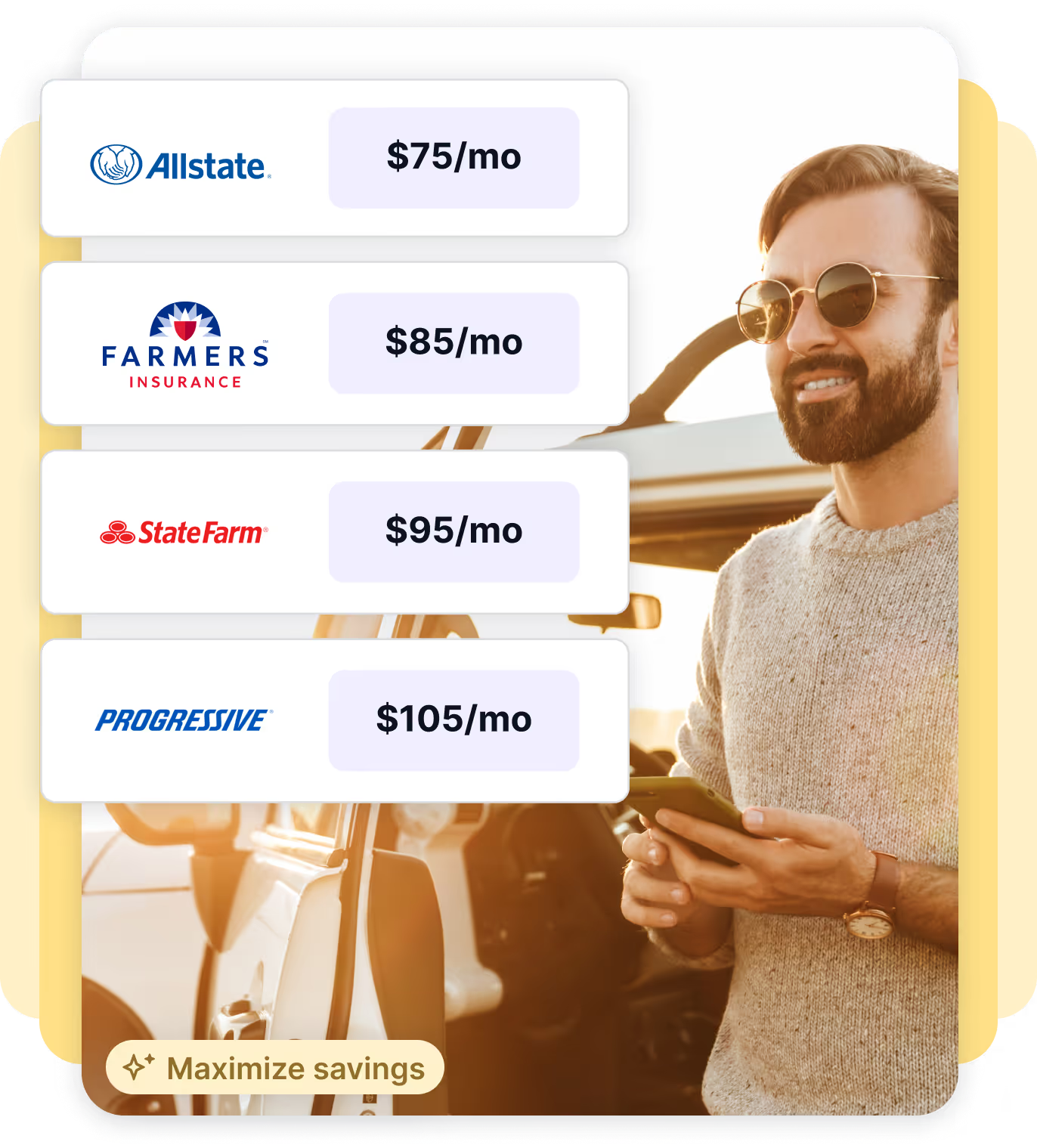
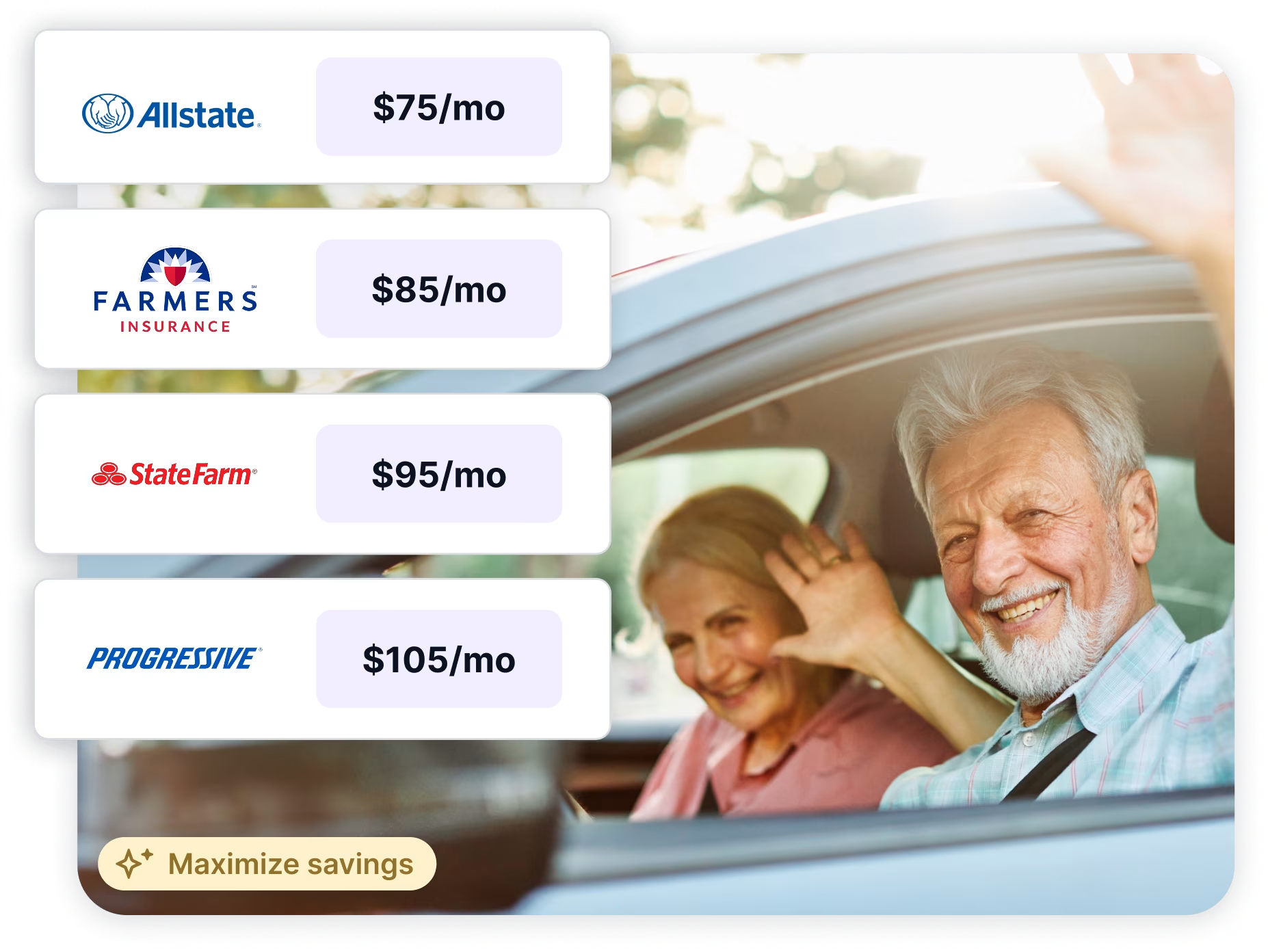
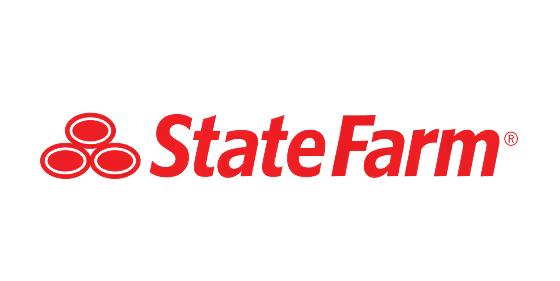
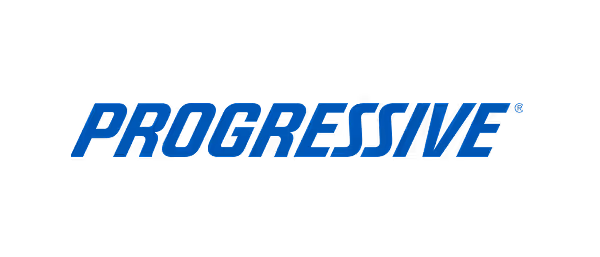
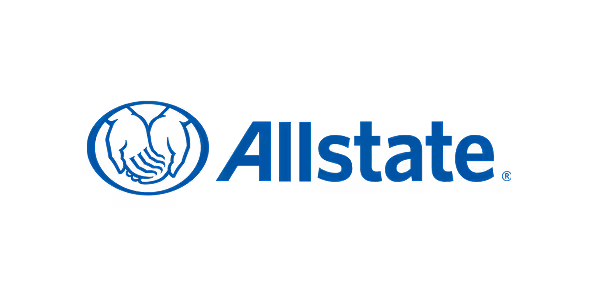



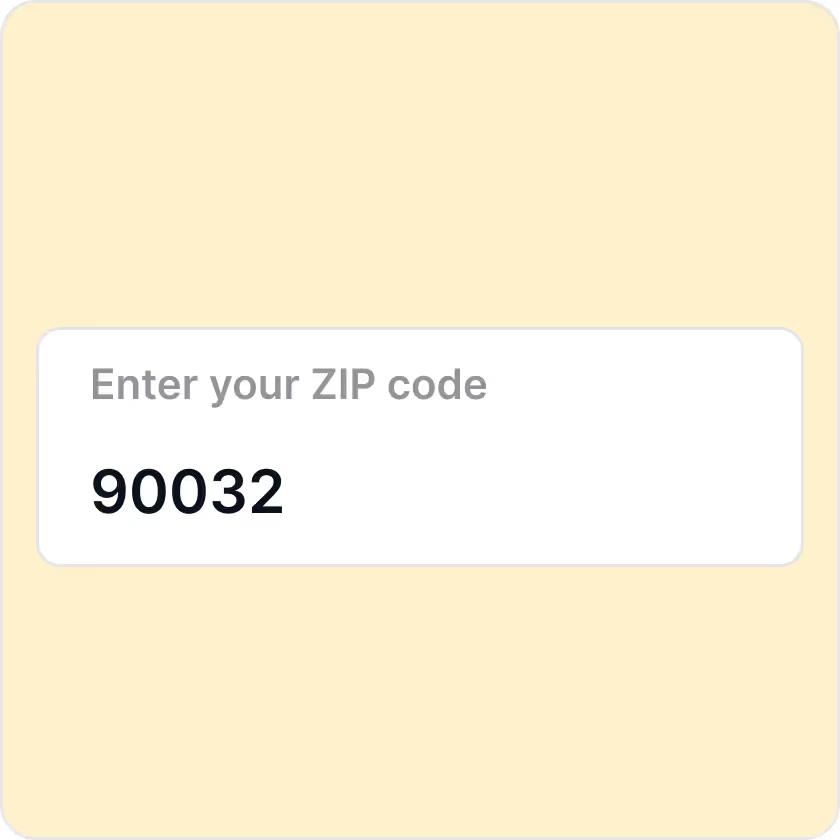

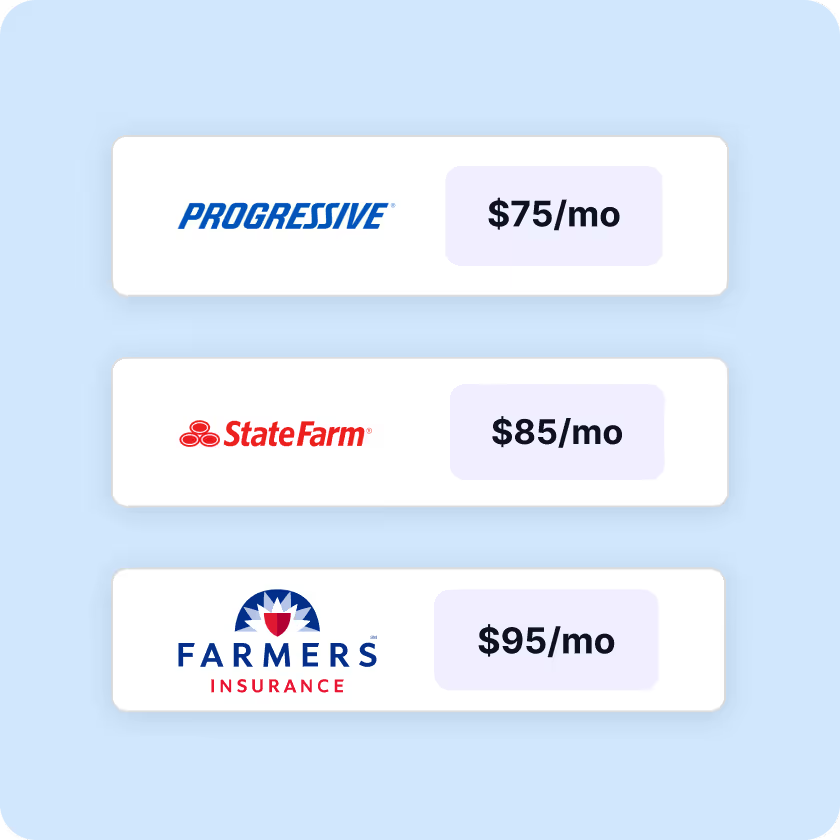
























.webp)






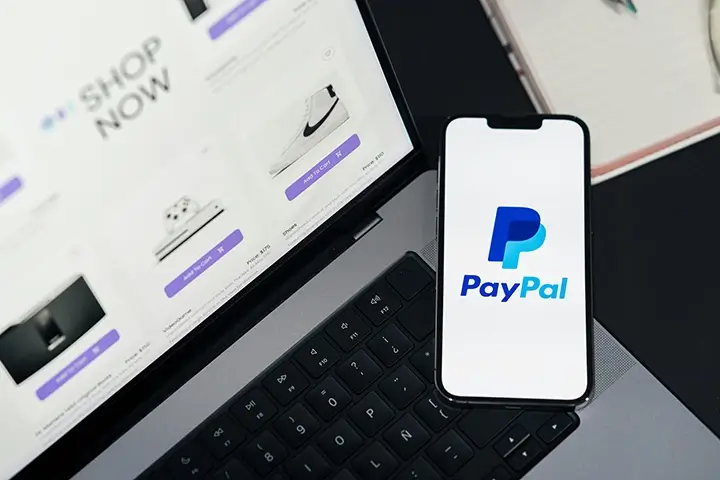
.webp)

